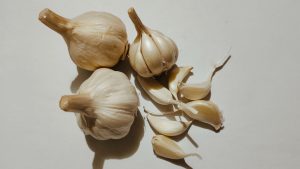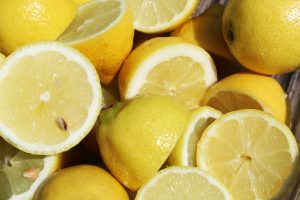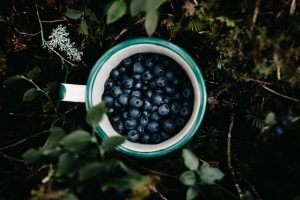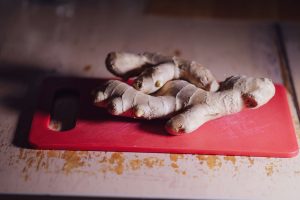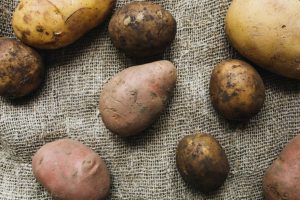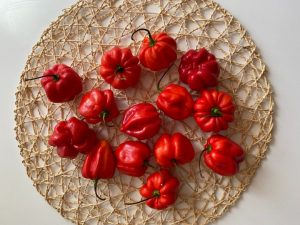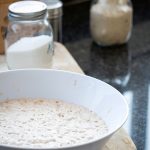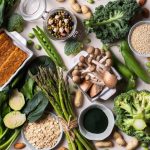Now that we find ourselves in the middle of winter, it’s more important than ever to stay healthy. Did you know you can grow your own powerful medicine at home, in your garden? In a time where the cost of living keeps hiking, sustainable living has never been more appealing. So why not transform gardening from a hobby to a lifestyle choice? Such a skill would help when you are outdoors, so why not put it to use while exploring easy hiking trails in Cape Town?
These are the immune-boosting foods you can plant to grow your own first aid kit:
Garlic
Garlic, classified as part of the onion family, is jam-packed with the good stuff. It has antimicrobial, antiviral, and antifungal properties, which help relieve cold and flu symptoms. Garlic is also high in vitamins and nutrients, especially flu-fighting vitamins C and B6, which help your body recuperate faster and shorten your downtime. Planting garlic is fairly easy; just pop the bulbs in the ground about 5cm apart in a sunny spot with well-drained soil.
Whether you are nursing a cold or preparing your body to fight one, a couple of cloves in the garden are always recommended as part of a home-grown first aid kit!
Lemons
Growing and tending to a lemon tree requires patience and commitment, but the benefits are worth the effort.
These powerful fruits are loaded with vitamin C, potassium, and they’re a great source of flavonoids, a powerful antioxidant that improves blood circulation and lowers your risk of stroke. Plus, freshly squeezed lemon juice increases iron absorption, which further promotes a resilient immune system.
Blueberries
Another excellent way to grow your own first aid kit is with the powerhouse of antioxidants: the blueberry. These delicious little morsels are packed with flavonoids that not only support your immune system but also reduce your chance of contracting upper respiratory infections.
One such flavonoid, called quercetin, is usually found in dark blue and red fruits and has significant antiviral properties. Quercetin also helps prevent inflammation in cells.
Add these little virus-fighting bombs to a smoothie, or give them to the kids as a delicious superfood snack. Blueberries thrive in sunny spots sheltered from harsh wind. Plant them in beds or pots, with rich, well-drained soil.
Ginger
No home-grown medicine is as important as this ancient natural remedy. Used all over the world to ease cold and flu symptoms, ginger is loaded with nutrients and bioactive compounds that are good for your body and your brain.
With its powerful anti-inflammatory properties, ginger can be used to alleviate muscle pain and soreness from over-exercising. It also supports the digestive system and helps to treat nausea and motion sickness.
The active nutrient in fresh ginger, known as gingerol, helps to lower the risk of infections. It also inhibits bacteria growth, especially oral bacteria, and can help treat bleeding gums, gingivitis and cold sores.
Sweet Potatoes
Grow your own first aid kit with sweet potatoes! Sweet potatoes are not only a wonderful medicine to nurture in your garden, but they are also a delicious and versatile ingredient to use in cooking. This super starch is packed with fibre, vitamins and minerals, including beta carotene, vitamin A and other antioxidants that help the immune system.
Orange sweet potatoes are particularly healthy because they aid the mucous membranes and ensure a healthy gut. Include them in your diet as they can be used in both sweet and savoury dishes.
Red Bell Peppers
Another immune-boosting superfood for a go-to natural remedy is red pepper. Rich in vitamins A, C and K, these beauties help prevent cell damage and strengthen bones. Red peppers also contain carotenoids lycopene and beta-cryptoxanthin, which have cancer-fighting properties.
When planting red peppers, loosen the soil deeply and mix in fertiliser, manure or compost thoroughly. They will start bearing fruit about 11 weeks after planting – not a long time at all for such a great superfood!
The pharmacy is not the only source of medication out there; natural medicines, remedies, and superfoods are all around us. By adding more herbs, veggies, and fruit to your diet, you can build your body’s natural defences against viruses and bacteria, and keep you fighting fit.
ALSO SEE: The Top 10 Superfoods
Originally written by Claire Badenhorst for Woman & Home Magazine
Feature Image:


